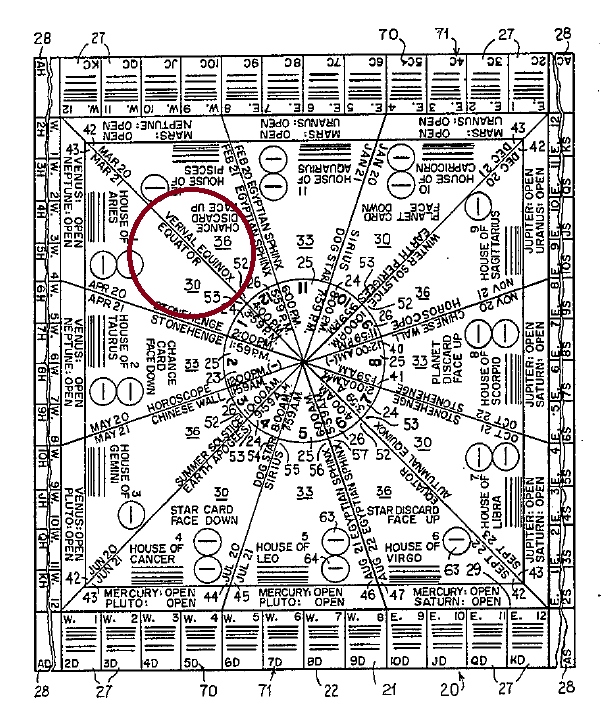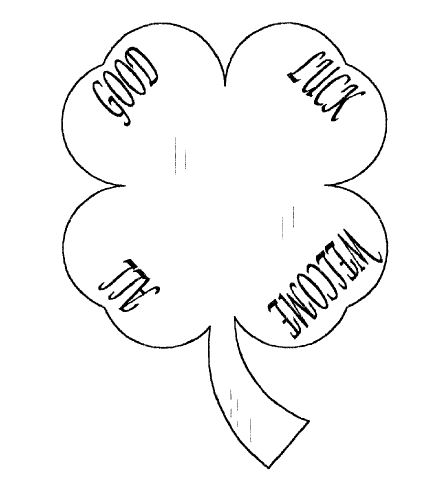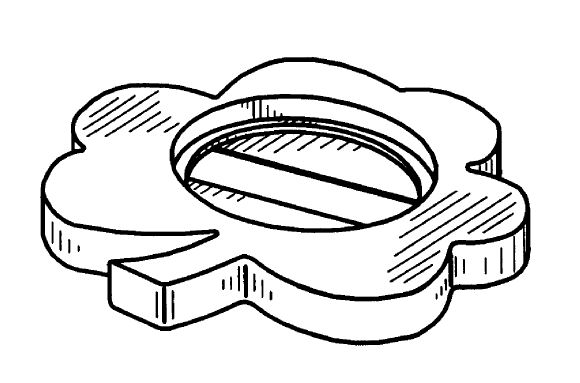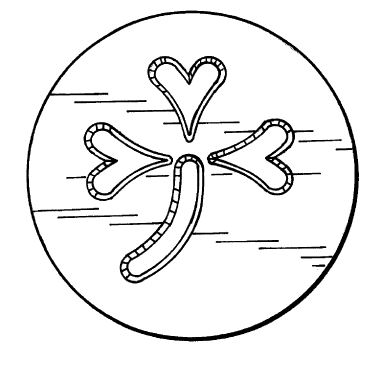In Intellisoft. Ltd. v. Acer America Corp., [2019-1522] (April 3, 2020), the Federal Circuit reverses the district court’s decision refusing to remand the case to state court, vacate the district court’s judgment, and remanded to the district court with instructions to remand the action to California state court.
Intellisoft Ltd. allegedly shared with Acer trade secrets concerning computer power management technology under a non-disclosure agreement (“NDA”). The NDA allowed Acer to use of their “Confidential Information” only to “directly further” the evaluation of Intellisoft’s product for licensing. Intellisoft alleges that they discovered that Acer had applied for a patent that incorporated their trade secrets and became the owner of U.S. Patent No. 5,410,713 (and related patents 5,870,613; 5,884,087; and 5,903,765). Intellisoft sued Acer in California state court. concluded that Acer had misappropriated their trade secrets and violated the NDA.
Acer cross-claimed that Intellisoft’s inventor, Bierman was not an inventor of the the ‘713 patent family, and removed the case from state court. Intellisoft sought remand to state court because no patent issues had to be resolved to determine its trade secret claim. The district court denied Intellisoft’s motion, and granted summary judgment in favor of Acer with respect to Intellisoft’s state law claims, reasoning that Intellisoft failed to prove under federal patent law that Bierman was the inventor of the ’713 patent family claims.
Under Gunn v. .Minton, when a plaintiff brings only a state law claim, as here, the district court will have original jurisdiction over the state law claim if a federal issue is: (1) necessarily raised, (2) actually disputed, (3) substantial, and (4) capable of resolution in federal court without disrupting the federal-state balance approved by Congress.
The Federal Circuit found that Acer did not establish that Intellisoft’s trade secret claim necessarily raised patent law issues. The Federal Circuit said that ownership of a trade secret under state law did not require proof of patent inventorship. The Federal Circuit further found that Intellisoft did not need to prove infringement to prove trade secret misappropriation. The ’713 patent family was only being used as evidence to support Intellisoft’s state law claims. This analysis required no construction of the claims or proof of infringement. The Federal Circuit further found that Intellisoft’s damages claim was based on using trade secrets, independent of the ‘713 patent family. Mere reliance on a patent as evidence to support its state law claims does not necessarily require resolution of a substantial patent question.
The Federal Circuit found that because Intellisoft’s trade secret claim did not necessarily depend on resolution of a substantial question of federal patent law, so it did not need to address other prongs of the Gunn test. The Federal Circuit concluded that the district court did not have jurisdiction under section 1338(a), and the state law claims could not be removed under section 1441.
The Federal Circuit further found that removal under section 1454 was improper because Acer’s counterclaim was not operative.






